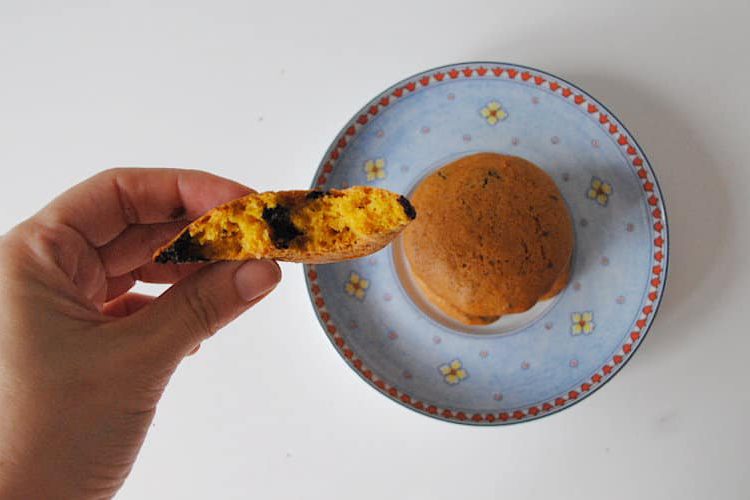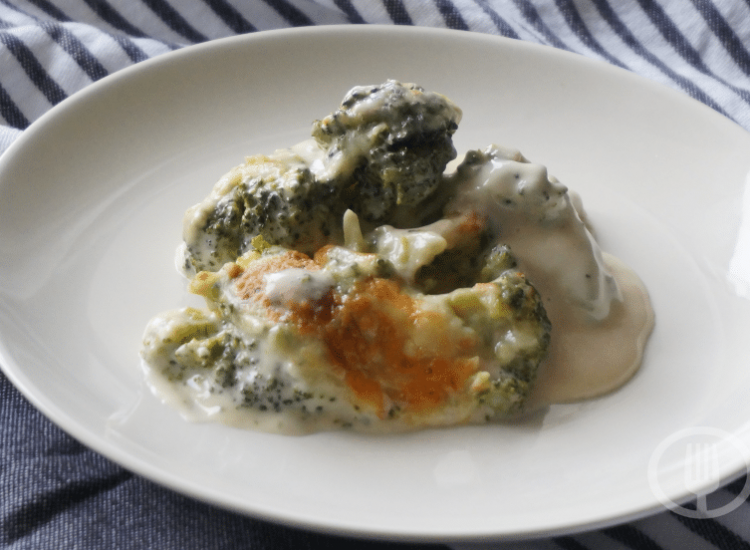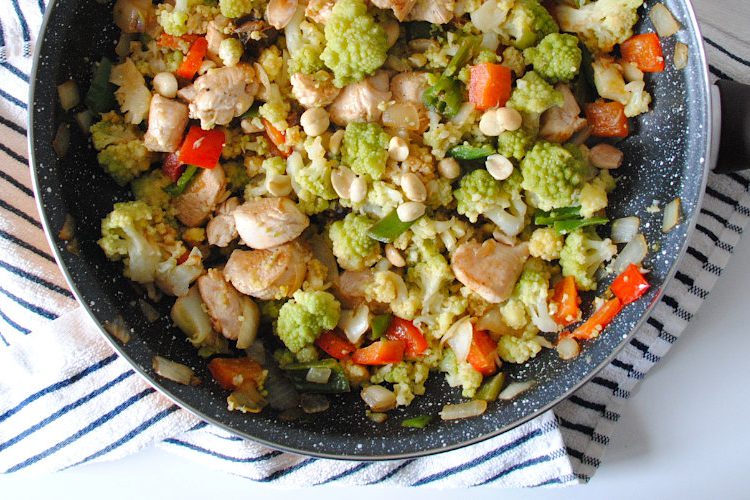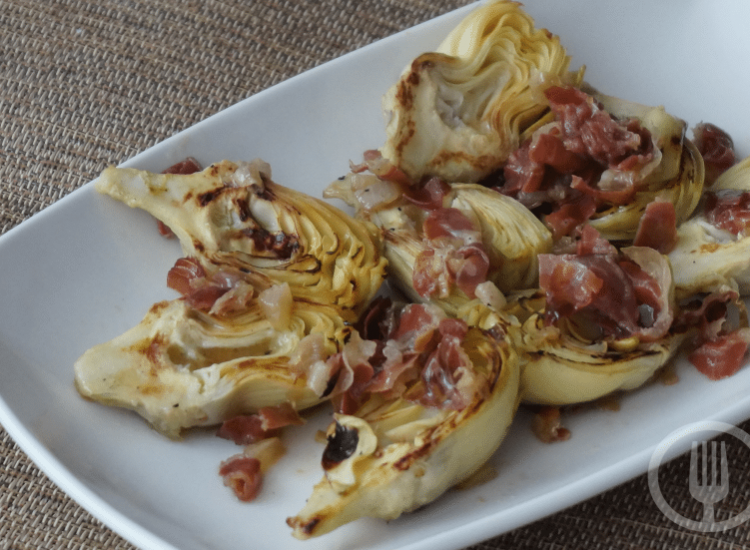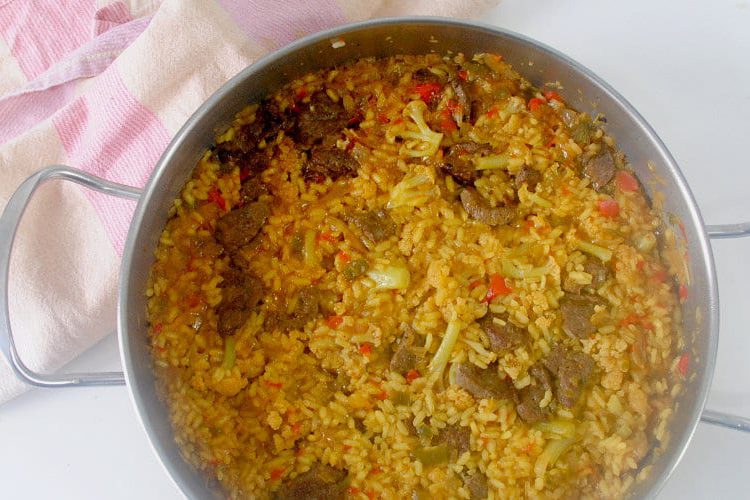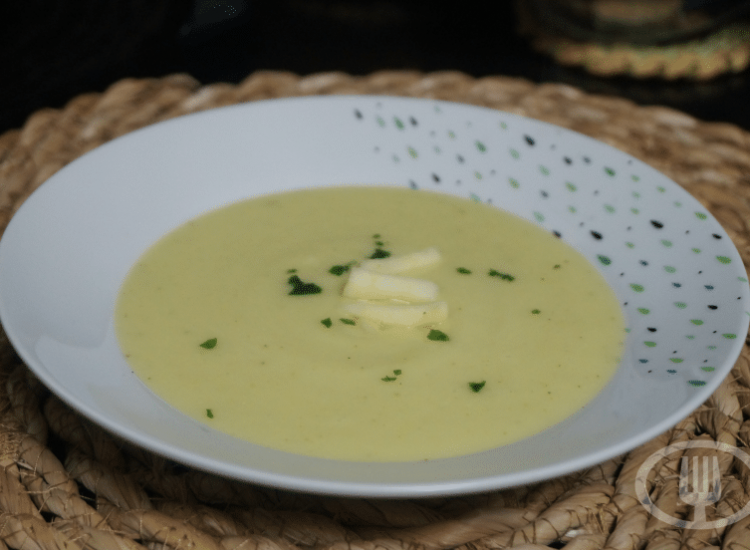Toc
When it comes to comfort food, a well-made casserole holds a place of honor on most home cook’s lists. From bubbly lasagnas to creamy mac and cheese, the appeal of a one-dish meal is its ability to satisfy and comfort. This affection often extends to the humble rabbit casserole, a classic dish that’s been a mainstay of European kitchens for generations. Today, we’ll explore how to create the ultimate rabbit, potato, and mushroom casserole — a dish that’s both comforting and exotic, familiar and surprising.
Gathering Your Ingredients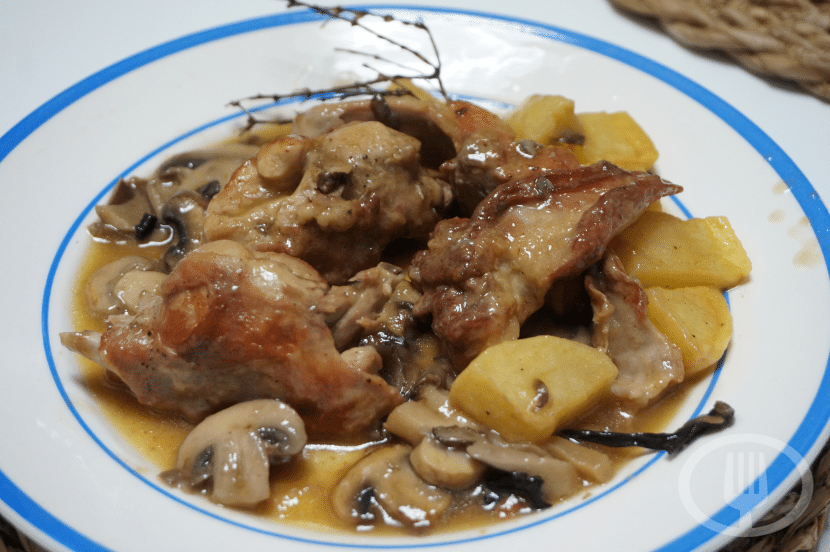

Rabbit, potato, and mushroom casserole are built from simple, honest ingredients. The key is to source the freshest produce and meats you can find. For the rabbit, you may need to visit your local butcher or a specialty store. Ensure you get mountain or wild rabbit, which lends robust, gamey flavors coveted in this dish.
The Star – Rabbit
Rabbit’s mild, slightly sweet flavor and tender meat make it perfect for casseroles. When preparing these delicate cuts, ensure you handle them with care. You might want to consider asking your butcher to prepare them for you. However, for those who have the time, cutting the rabbit into portions amounts to a straight-forward process.
The Supporting Cast – Potatoes, Mushrooms & More
The potatoes should be a variety with a low moisture content so they’ll hold their shape during the cooking process. To avoid a mushy casserole, stay away from starchy potatoes like russets and opt for waxy potatoes such as Yukon gold or reds.
For the mushrooms, consider a mix that will provide a range of textures and flavors. Cremini mushrooms bring depth, oyster mushrooms a hint of umami, and shiitakes their chewy bite. Quality matters here as the mushrooms contribute significantly to the hearty richness of the casserole.
Other essential ingredients include onions, garlic, a good-quality broth (veggie or chicken-based on preference), and a bouquet garni of herbs — perhaps rosemary, thyme, and bay leaves for that rustic aroma and taste.
Building the Casserole
Before you even turn on the oven, the foundation of your rabbit casserole is laid. This stage is critical. The better you prepare these elements, the more satisfying the end result will be.
Searing and Braising
When searing rabbit, the goal is to achieve a savory golden-brown crust. This initial step caramelizes the proteins, enhancing the dish’s flavor. Ensure the pan is hot and the rabbit isn’t crowded to guarantee each piece gets its deserved sear.
Braising, the next step, involves cooking the rabbit in a covered pot with a bit of liquid. This low-and-slow method will help to break down the rabbit’s lean meat, ensuring it becomes tender without losing its juiciness.
Assembling the Layers
Sautéing the remaining vegetables before assembling the casserole is a crucial step to draw out their natural sweetness. Cook them until they just begin to caramelize, releasing their rich, earthy flavors.
Layering is the secret to a rich and nuanced casserole. Begin with a layer of vegetables, then rabbit, followed by potatoes. Season each layer well, ensuring the flavors meld together perfectly. Finish with the remaining vegetables and a splash of wine before covering with broth. This addition will create a moist, succulent casserole.
Oven to Table – Baking and Serving
The act of baking the casserole is a harmony of patience and aromas, as the various elements meld and the flavors intensify.
Preheat your oven to a moderate 350°F (175°C), which ensures that the casserole cooks through evenly without drying out the delicate rabbit meat. Cover the dish with foil to retain moisture and prevent the top from burning before the inside is done. Bake for about 1.5 to 2 hours. The exact time may vary depending on your oven and the type of dish you’re using, so it’s good to check the casserole after the first hour. The rabbit should be fork-tender, and the vegetables cooked through yet still retaining their shape.
Once baked, allow the casserole to rest for about 10 minutes before serving. This resting period lets the juices redistribute, ensuring every bite is moist and flavorful. Serve it directly from the oven to the table to keep it warm. For a perfect finishing touch, sprinkle a handful of fresh, chopped parsley over the top. This not only adds a pop of color but also a fresh, herbal brightness that cuts through the richness of the dish.
Pairing this rustic casserole with a simple green salad dressed in vinaigrette and a crusty bread to soak up the delicious juices makes for an unforgettable meal. Whether you’re looking to impress guests or just want to enjoy a hearty, comforting meal with your family, this rabbit, potato, and mushroom casserole promises to deliver satisfaction with every bite.
The Perfect Bake
A slow and gentle bake will melt the rabbit’s meat off the bone while allowing the potatoes to soften and absorb the delicious juices. A temperature of around 375°F (190°C) for one and a half to two hours, covered with a heavy lid or foil for the majority of the time, is ideal. Uncover in the last half hour to allow the top to brown and the liquid to reduce slightly, thickening the resulting sauce.
To check for doneness, pierce the rabbit with a fork to ensure it’s tender, and test the potatoes for that al dente texture — soft, but not falling apart.
Finishing Touches and Sides
Once out of the oven, your rabbit, potato, and mushroom casserole may benefit from a handful of fresh parsley or a light sprinkle of grana padano or parmesan cheese for an added layer of flavor.
When selecting sides, think about dishes that can either complement or contrast the casserole. A garden-fresh salad with a tangy vinaigrette offers a crisp counterpoint. Alternatively, a crusty bread can be used to sop up the rich gravy.
Variations and Twists
Every family seems to have its own spin on a classic casserole, and this dish is no different. Here’s how you can put your own mark on the rabbit, potato, and mushroom casserole.
Making it Your Own
Consider adding root vegetables like carrots, parsnips, or even thinly sliced leeks for extra layers of flavor and texture.
Swap in different herbs for varied profiles — perhaps sage and marjoram for a lighter, more herbaceous note or tarragon for a slightly anise undertone.
Substitutions & Dietary Adjustments
For those who can’t find rabbit or prefer not to use it, chicken is an appropriate substitute and follows the same cooking process. However, the flavor profile will be quite different.
For dietary adjustments, this casserole can easily be made vegetarian by swapping rabbit with chunky pieces of eggplant and adding a few more mushrooms for an equally satisfying dish. For a creamy twist, incorporate a splash of heavy cream or your favorite plant-based alternative to your liqui
Conclusion
Rabbit, potato, and mushroom casserole is a hearty dish suited to a modest family dinner or the centerpiece of a lavish feast. By thoughtfully preparing your ingredients, layering flavors, and mastering the art of braising, you’ll create a casserole that’s not only a testament to your culinary skills but also a delight for the senses.
Remember, the joy of cooking comes not just from following a recipe, but in using it as a canvas to express your creativity. So fire up that stove, gather your freshest ingredients, and create a rabbit, potato, and mushroom casserole that’s uniquely yours.

